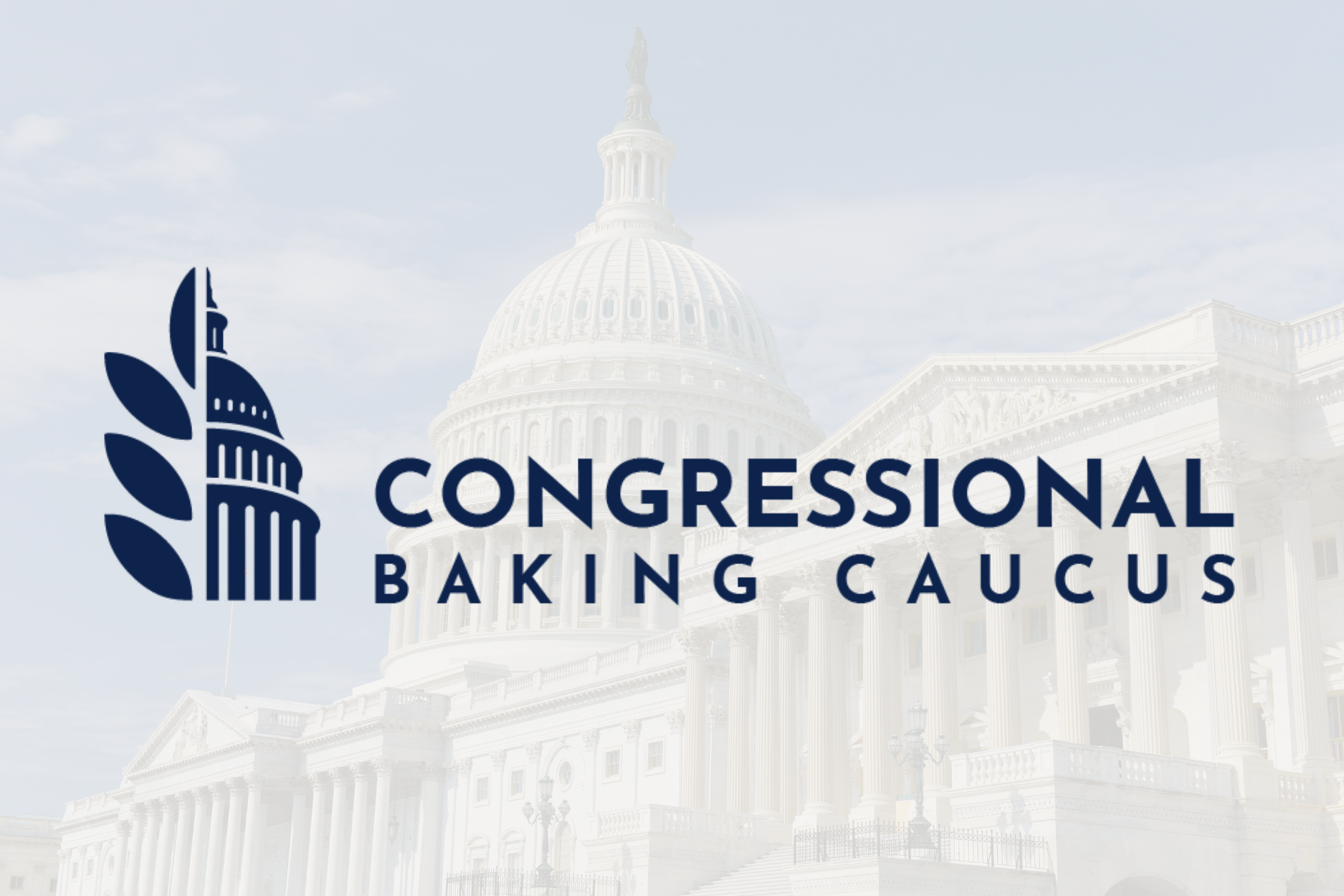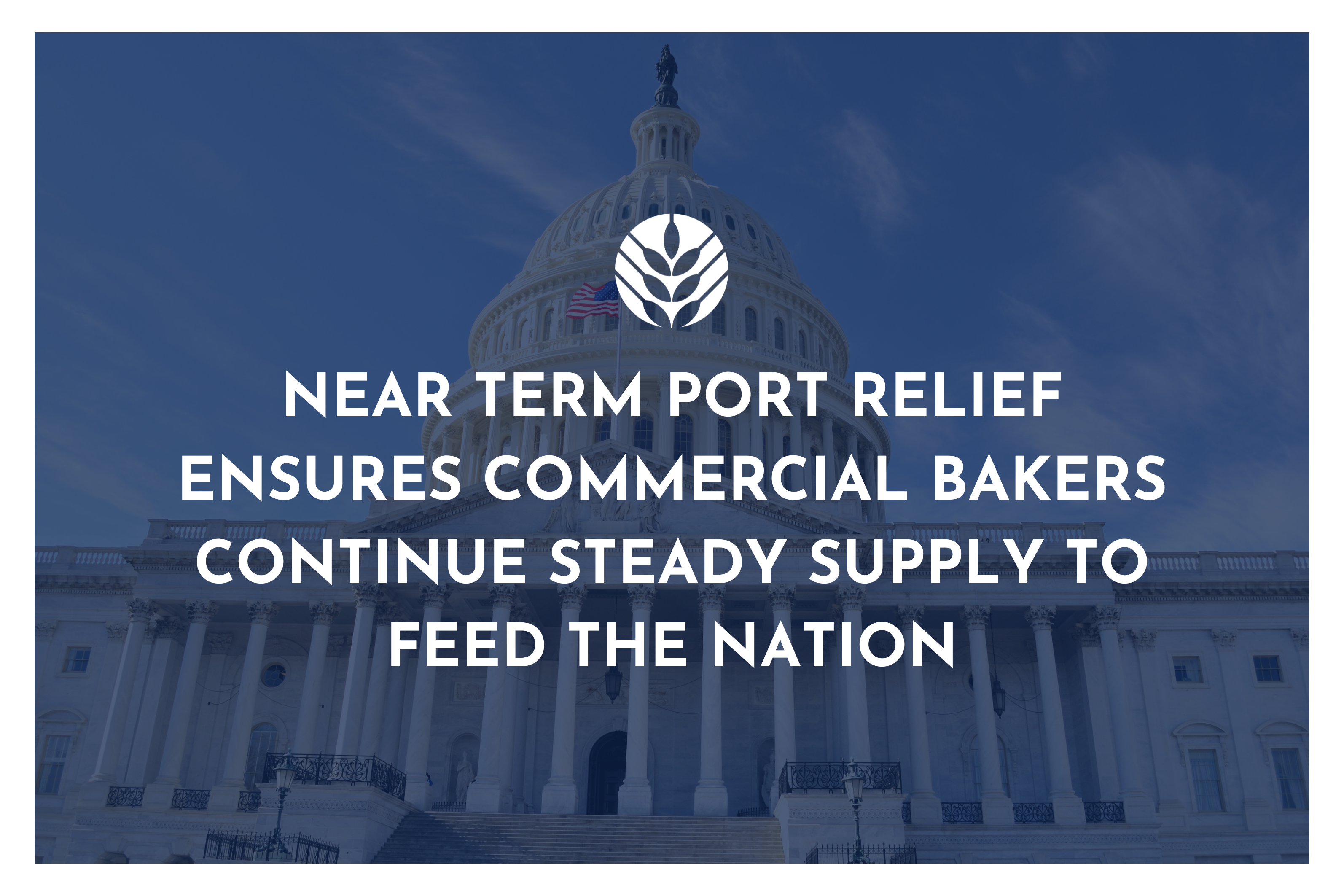In the midst of the rising number of Americans infected with the Novel Coronavirus, US ‘hot zones’ just entering the ramp up of the first peak of this large-scale transmission and some good success with lock-downs, it is hard to believe the POTUS suggestion of pulling back to normalcy for Easter. Gathering to celebrate the holiday and getting the country back to work in less than three weeks is premature, likely with chilling consequences. Aside from ignoring the lessons of our global neighbors, the scientific medical professional’s advice and past pandemic history, people need to realize the everyday life as we knew it will be very different moving forward. We will be faced with an unforeseen New Normal. Nor can we haphazardly re-start the nation without very thoughtful protections for safeguarding all people.
Lessons from the Past and Current Pandemic
The 1918 Spanish Flu killed an estimated 50m people globally, about 22m in the US. Health professionals’ warnings of the need to quarantine went unheeded, as fears of impacting morale during World War I loomed. News articles from doctors were suppressed. When a large patriotic parade scheduled for Philadelphia continued as planned, an estimated 200,000 people attended. Within weeks, 47,000 people were infected, 12,000 died, later rising to 16,000, making Philadelphia the hardest hit city in the nation. In comparison, St. Louis cancelled its’ parade event with only 700 reported to have died in the city.
China, South Korea and Italy also stand as very real examples of the importance on social distancing. After about a two-month lockdown, China is slowly easing restrictions in Wuhan Province where the outbreak began. South Korea employed an enormous testing protocol to understand the disease penetration quickly to control restrictions. Italy, enacted cluster quarantines, was late to restrict total country-wide measures. The nation is now the epicentre of Europe.
The New Normal
Having experienced numerous past crisis situations in Food, Beverage and Consumer Products such as BSE (Bovine Spongiform Encephalopathy), 9/11, Avian and Swine Flu to name a few, we need to be mindful of the potential in future horizon planning, using the past lessons as guideposts.
While embroiled in this COVID-19 crisis, it is not unusual for folks to want to get back to how life was before the outbreak. Birthdays, dinners at favorite restaurants, Spring Breaks, baseball season, family gatherings have been on hold with anxiety and fear facing our nation. However, it would be fool hearty for us to jump back into business as usual without a strategy that matches our complex crisis situation. Jeopardizing our gains in slowing the infection peaks and erasing planned financial mitigation stop-gaps before they have a chance to seed, would be catastrophic.
A go-forward plan needs to be carefully thought out, with risk stratifications to protect our vulnerable populations and prevent creating new clusters. There may be opportunity to tap areas with less risk, however we are starting to see spikes in rural US locations. Previously less severely hit younger population numbers are growing. Infection waves are likely coming across the country and globally, continuing to impact supply chain and transportation world-wide, especially those already stressed from trade-wars. Labor shortages are already seen internationally. A visa halt at border with Mexico is expected to reduce guest workers 60% in the US, with growing season closely approaching. These are just a few vital indicators leaders need to watch. Incorporating a smart risk based tiered Exit Plan strategy to ensure shepherding of our citizens, businesses, workers and the health of the economy are required. All of these needed pillars are hinged on planning for this New Normal.
Additionally, new ways of working are needed. There has been a recent up-tick in E-Commerce businesses. Stressed international supply chains again are considering locally sourced alternatives where plausible. The need for highly digitized information and reliance on enhanced automation will help businesses retool for the future. These are all positive signs reflecting the resiliency of our people to adapt to the New Normal.
Let’s learn from our past lessons, meter our re-start with a cautious risk stratification plan and keep all safe.
About the Author
Gina Reo is the President of QAS, (Quality Assurance Strategies, LLC), private consultation for the Food and Beverage Industry specializing in Global Food Safety and Quality with expertise in Regulatory Compliance, Business Integration and Due Diligence.
Formerly, Vice President, Food Safety, Weston Foods (WF), a GWL Canadian company and North American leader in bakery products, transformed organization toward World Class Excellence for Food Safety within four years by framing Food Safety Roadmap Strategy. This included fast-tracking to FSMA (Food Safety Modernization Act), SFCA (Safe Foods for Canadian Act) and new NLEA (Nutrition Labeling Education Act) for US and Canadian compliance.



